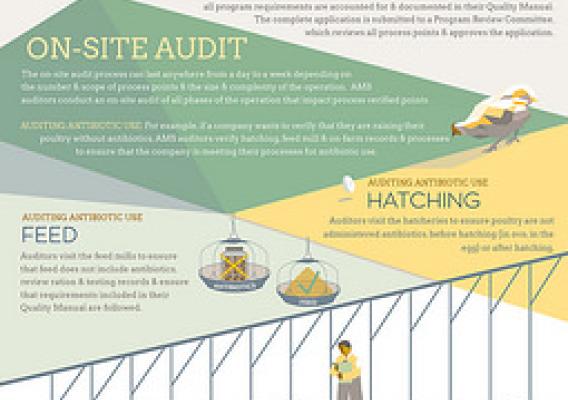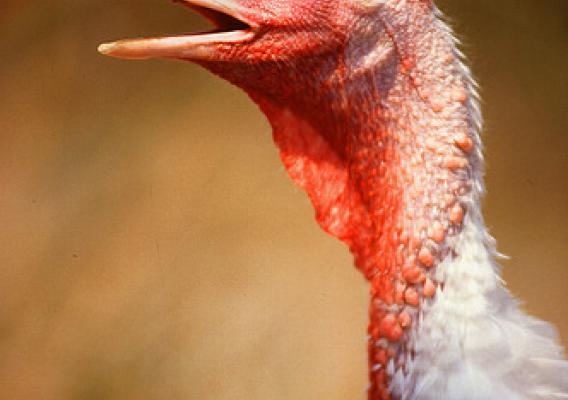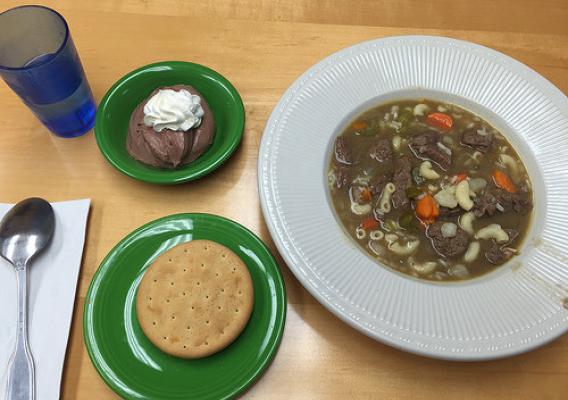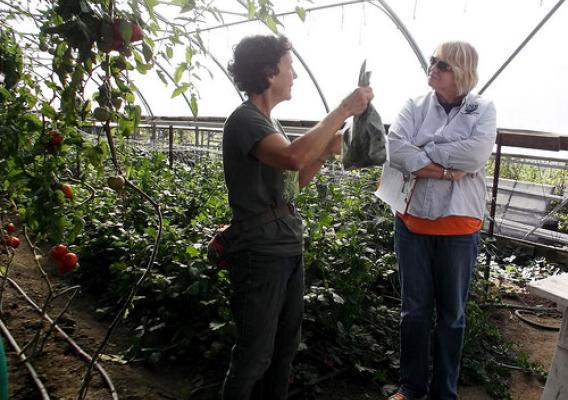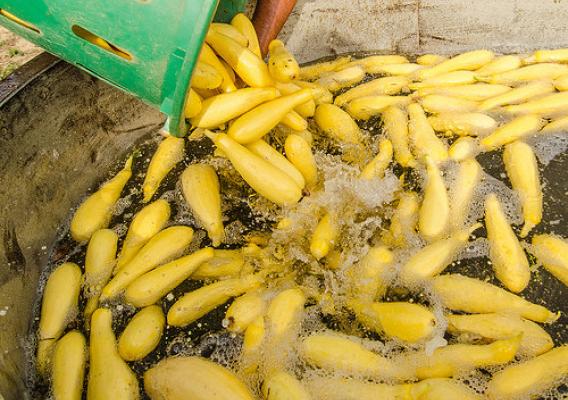The White House on June 2 convened a national forum to seek action on the problem of anti-microbial resistance. The development of antibiotics was one of the most significant medical achievements of the last century, and has helped to save millions of lives. But their overuse or misuse has resulted in the rise of bacteria strains that are resistant to antibiotics.
The White House has unveiled a National Action Plan designed to advance the appropriate use of antibiotics in food animals as well as promote collaborations among partners in medicine, veterinary medicine, and public health. This is consistent with a “One Health” approach that embraces the idea that a disease problem impacting the health of humans, animals, and the environment can only be solved through improved communication, cooperation, and collaboration across disciplines and institutions. USDA, which helped develop the National Action Plan, was pleased to join our many Federal partners and continue our work with the agriculture industry at the forum.

